By Angel Shaw
Every good Pixar movie needs a villain, and the studio is especially good at giving these antagonists backstories that impact the film’s plot in unexpected ways. As a whole, Disney loves its deliciously despicable villains, and the movies from Pixar are no exception. They are malicious, conniving, and have evil plans for days—but they often come with a sympathetic side. Whether it’s the reason they went wrong in the first place or the situation that showed them the errors of their ways, Pixar antagonists are often more than they seem.
Though not every Pixar villain is objectively evil, they are always an opposing force against the protagonist. Sometimes they seem like a friend and are suddenly revealed to have nefarious plans, like Lotso from Toy Story, Evelyn Deaver from The Incredibles 2, or Charles F. Muntz from Up. Other times, it’s the opposite, and they are at first perceived to be evil until a streak of kindness reveals the truth—like Ego from Ratatouille. Finally, there are those who were never truly bad but whose bad decisions negatively affected the hero, like Ming Lee in Turning Red. Regardless of the part they play, they wouldn’t be Pixar without a sad backstory.
RELATED:Every Upcoming Pixar Movie & TV Show
Lotso Just Wanted Love In Toy Story 3
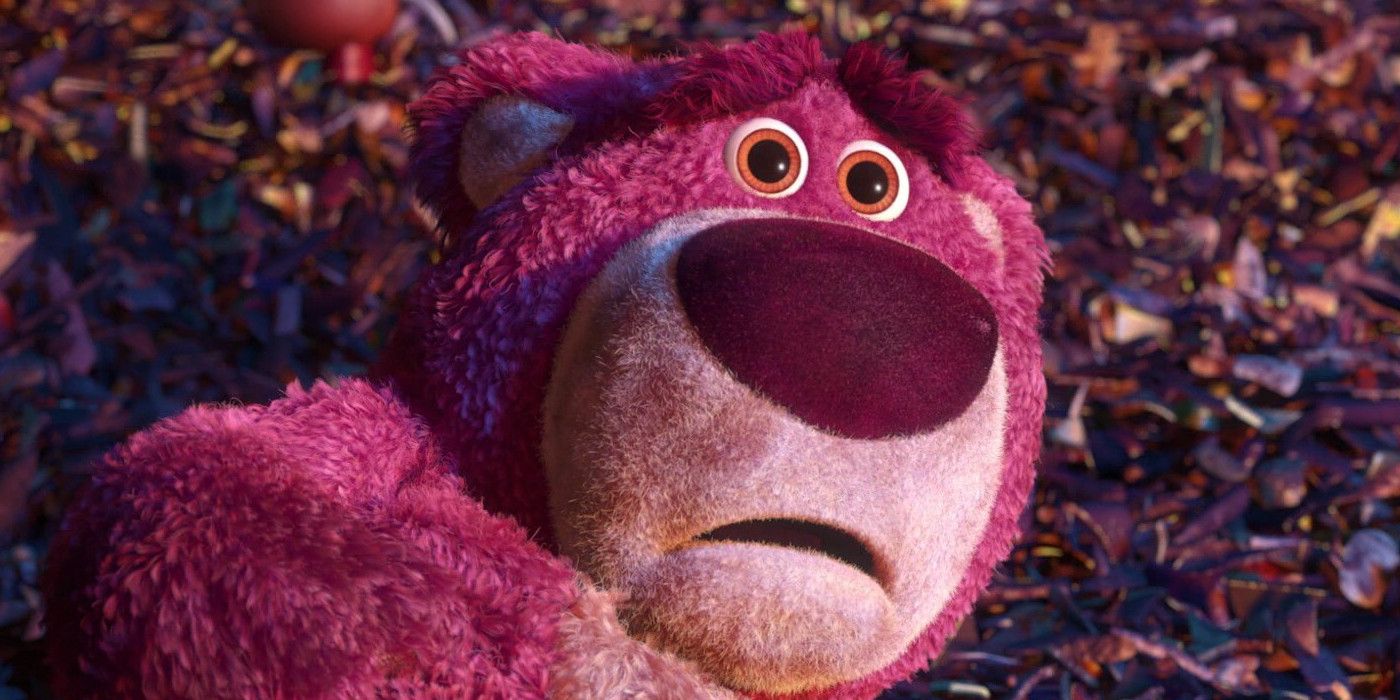
Lotso was another Toy Story villain who first masqueraded as a friend, but it wasn’t much of a surprise when the truth was revealed. Ultimately, the old bear was easy to hate, so he fell into the villain role relatively smoothly. What was unexpected was the tragic backstory described by Lotso. Like Woody and the rest of the gang, Lotso had once had a child that loved him, but after he was lost and replaced, he grew jaded against people in general. By the end of Toy Story3, he was past the point of redemption, but it was still hard not to sympathize with a toy that just wanted to be loved.
Syndrome Was Let Down By His Hero In The Incredibles
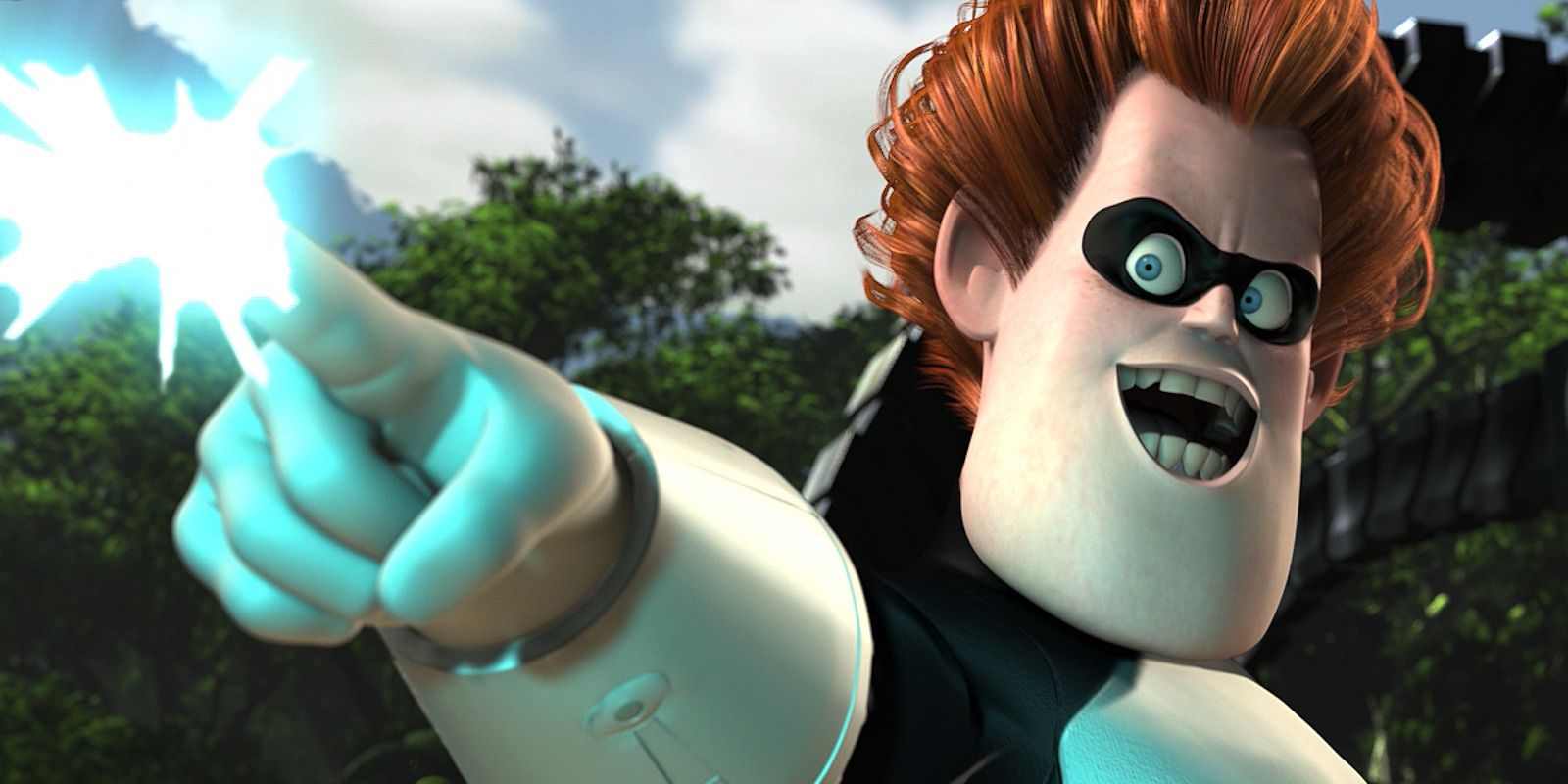
Syndrome from The Incredibles is among Pixar’s worst villains. He murdered superhero after superhero just to ensure his inventions were at their very best and didn’t even blink at the idea of shooting a missile at a plane carrying Bob and Helen’s children. However, the worst part of the Incredibles villain was that he was of Mr. Incredible’s own making. Syndrome (back when he was known as Buddy) had been so obsessed with his hero as a child that being turned away by him was deeply upsetting. Of course, Bob was just trying to do his job, but he lost sight of how his actions could affect the long term.
Gabby Gabby Lost Her Dream In Toy Story 4
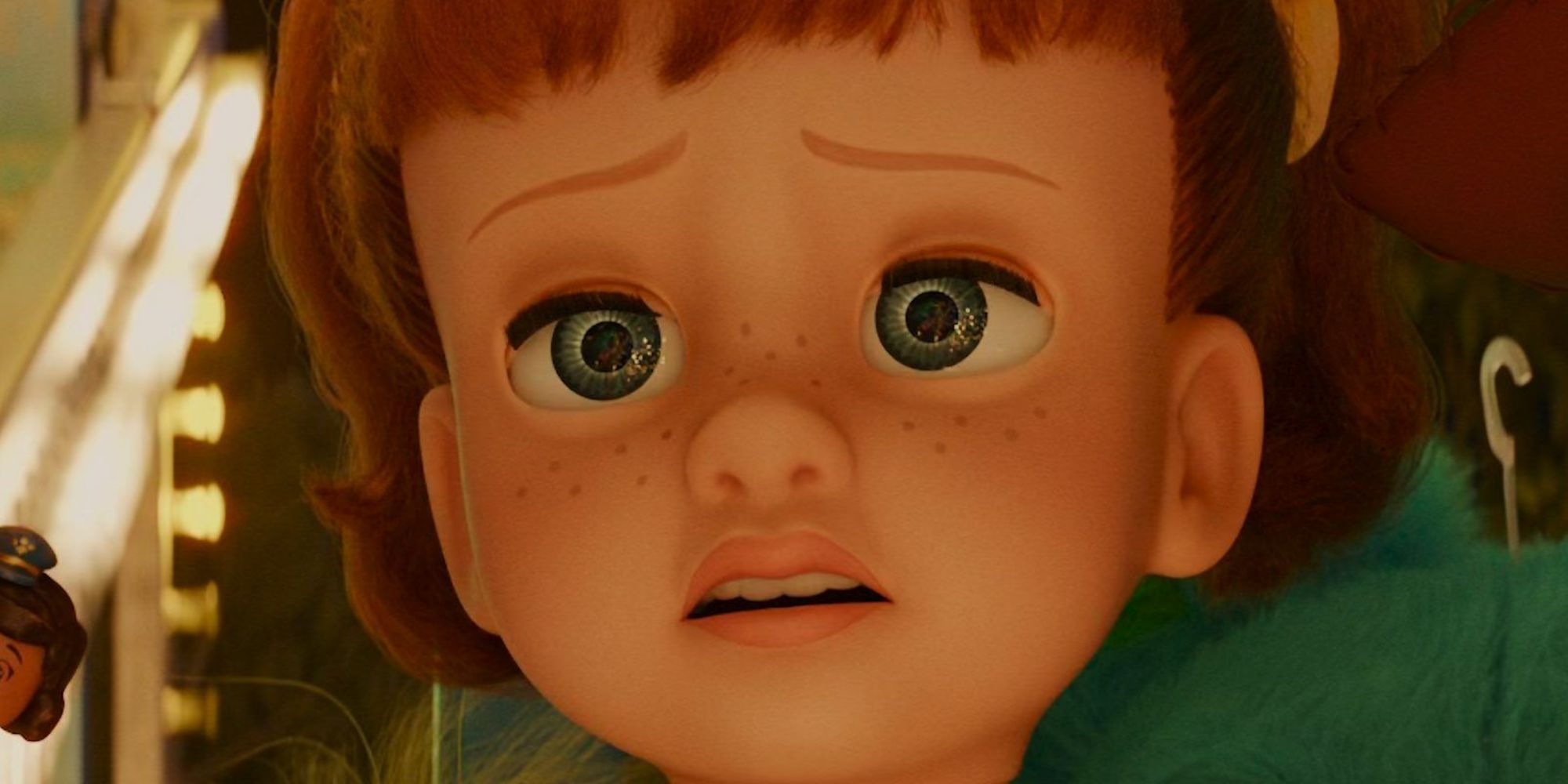
Since Toy Story had already established the “rejected toy” villain trope, it was no surprise that Gabby Gabby was willing to steal Woody’s voice box for the chance to be taken home by a little girl. She had watched the shop owner’s granddaughter come and go for months and had convinced herself that if she only had a working voice, she would suddenly become desirable. This was a heartbreaking concept—Gabby had a single flaw and believed it was all that stood in her way of happiness. Of course, the realization that she still wasn’t wanted even after being fixed pushed Gabby Gabby’s sad story over the edge into tragedy.
Zurg Just Wanted To Fix His Mistake In Lightyear
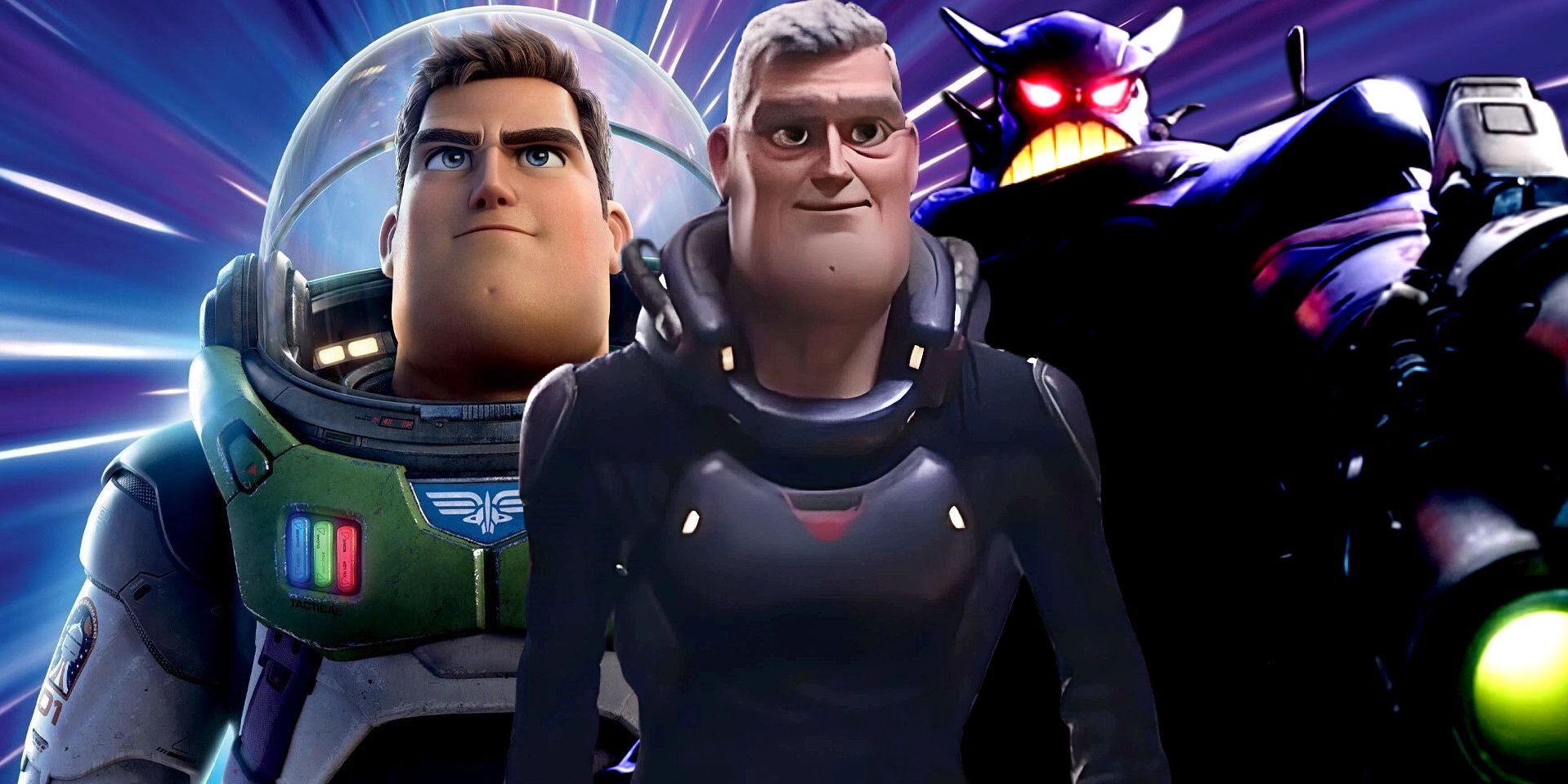
The Toy Story movies had already established a Zurg plot twist, but the Lightyear movie took this in a different direction. It turned out that Zurg was instead an older version of Buzz himself that had become so obsessed with fixing the mistake that had landed him and the rest of his people on T’Kani Prime that he no longer cared who was hurt (or wiped from existence) in doing so. This was a character flaw that the young version of Buzz carried as well, so it all tied deeply into the plot and meant a hard lesson learned in the end.
Charles F. Muntz Wanted To Fix His Reputation In Up
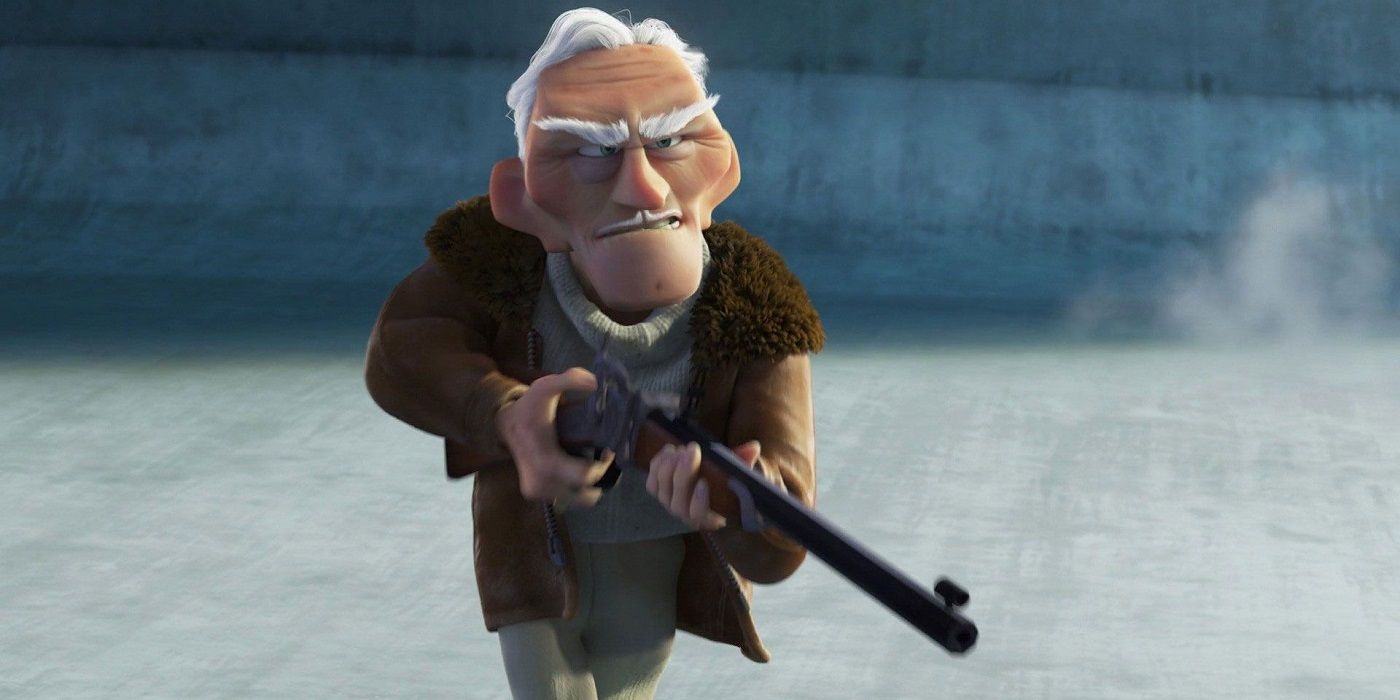
Charles F. Muntz was another pretty despicable Pixar villain. The aged man was kind enough at first, but his damaged reputation had become such an obsession that he was willing to harm one of his most dedicated fans, not to mention a child. Still, it’s easy to sympathize with how everyone turning against Muntz would have made him feel. The old man knew that the Snipe was real, and the fact that the world called him crazy was enough to push him past the point of reason.
Stinky Pete Just Wanted To Be Valued In Toy Story 2
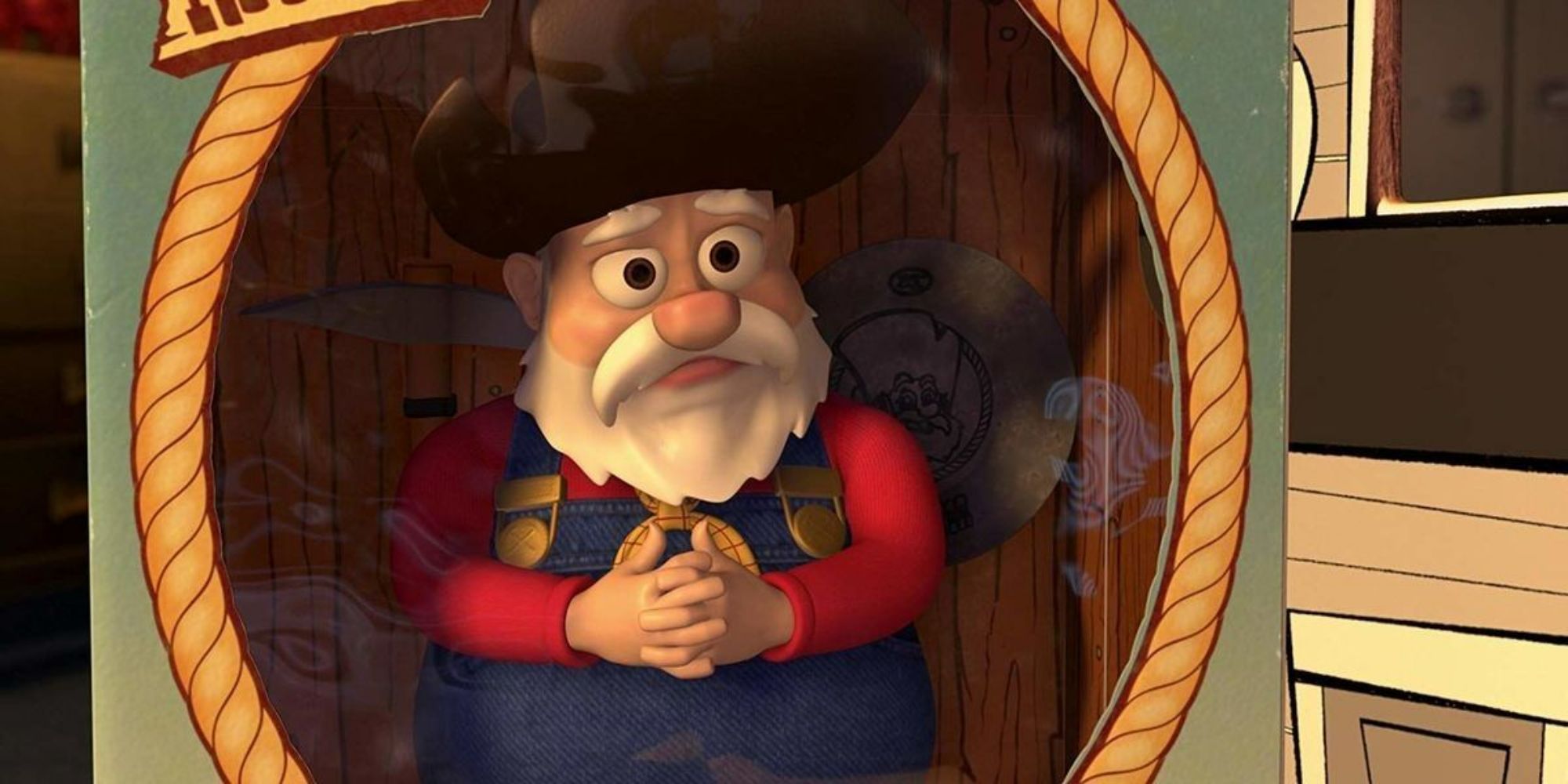
Stinky Pete and Jessie had gone a long time before Toy Story2 feeling unloved and undervalued, but Woody could change all of that. As a complete set, the trio would be met with adoration and fame everywhere they went (or at least that’s what Stinky Pete believed). Of course, Woody knew that being loved by a child was far better than this—and Jessie knew this too, though she needed to be reminded. Pete, on the other hand, had never known the love of a child. The idea of being valued as a collector’s item was the best he could imagine. It didn’t change that he was a villain, but it made him a little more sympathetic.
Evelyn Deavor Wanted To Avenge Her Father In The Incredibles 2
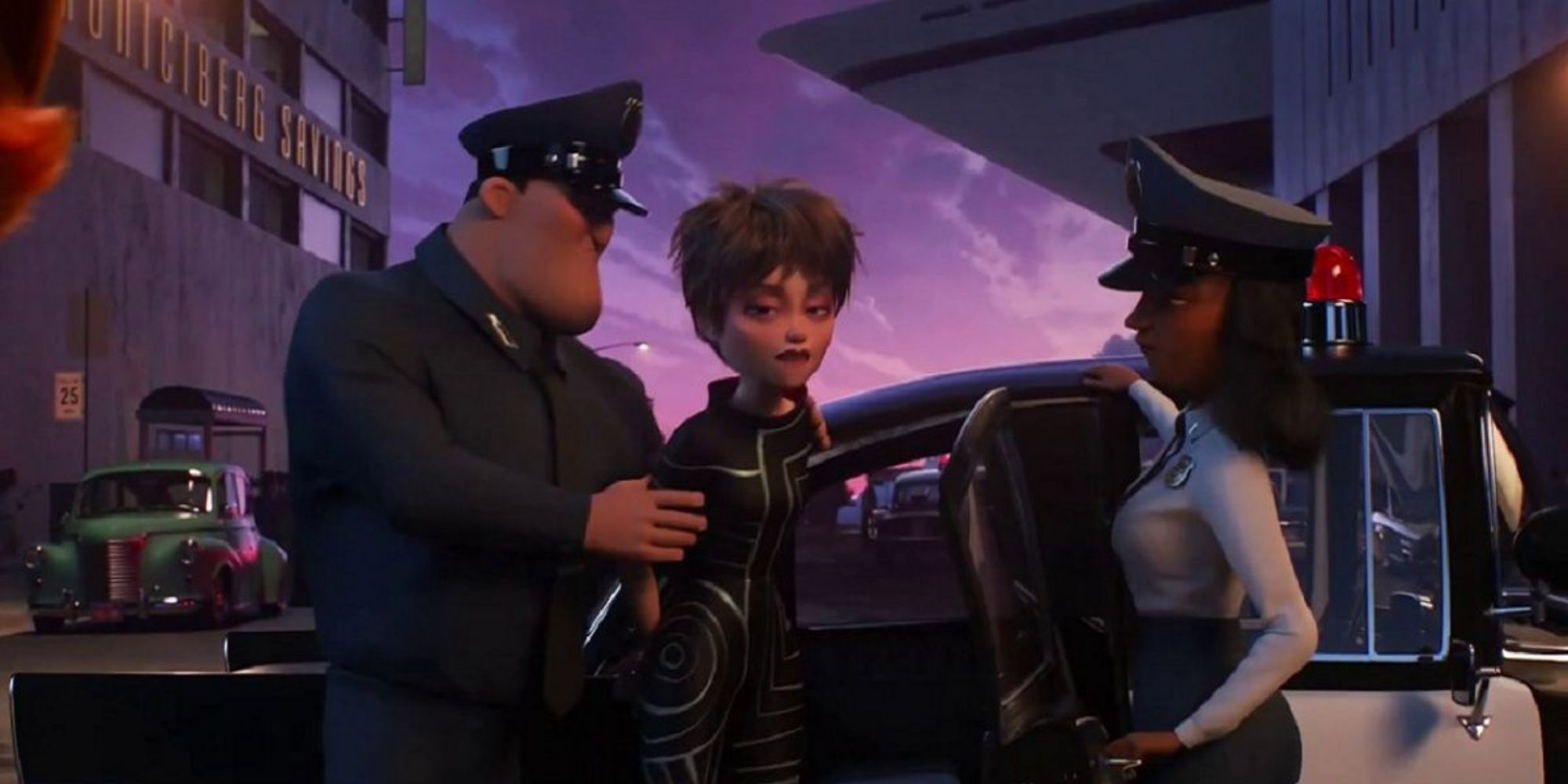
Evelyn Deavor was easy to like from the moment she was introduced in the Incredibles sequel. She was calm and relaxed and got along great with Helen Parr. The same was not true for Bob Odenkirk’s Incredibles 2 character, Winston Deaver, who seemed to be the prime suspect for a good old-fashioned Pixar villain. Like Buddy in The Incredibles, Winston was obsessed with Mr. Incredible, which could have foreshadowed a similar plot twist. However, the reveal that Evelyn was the villain because she resented the fact that her father died because of his trust for superheroes made her a much better (and more sympathetic) villain.
Mor’Du’s Grizzley Fate Outweighed His Crime In Brave
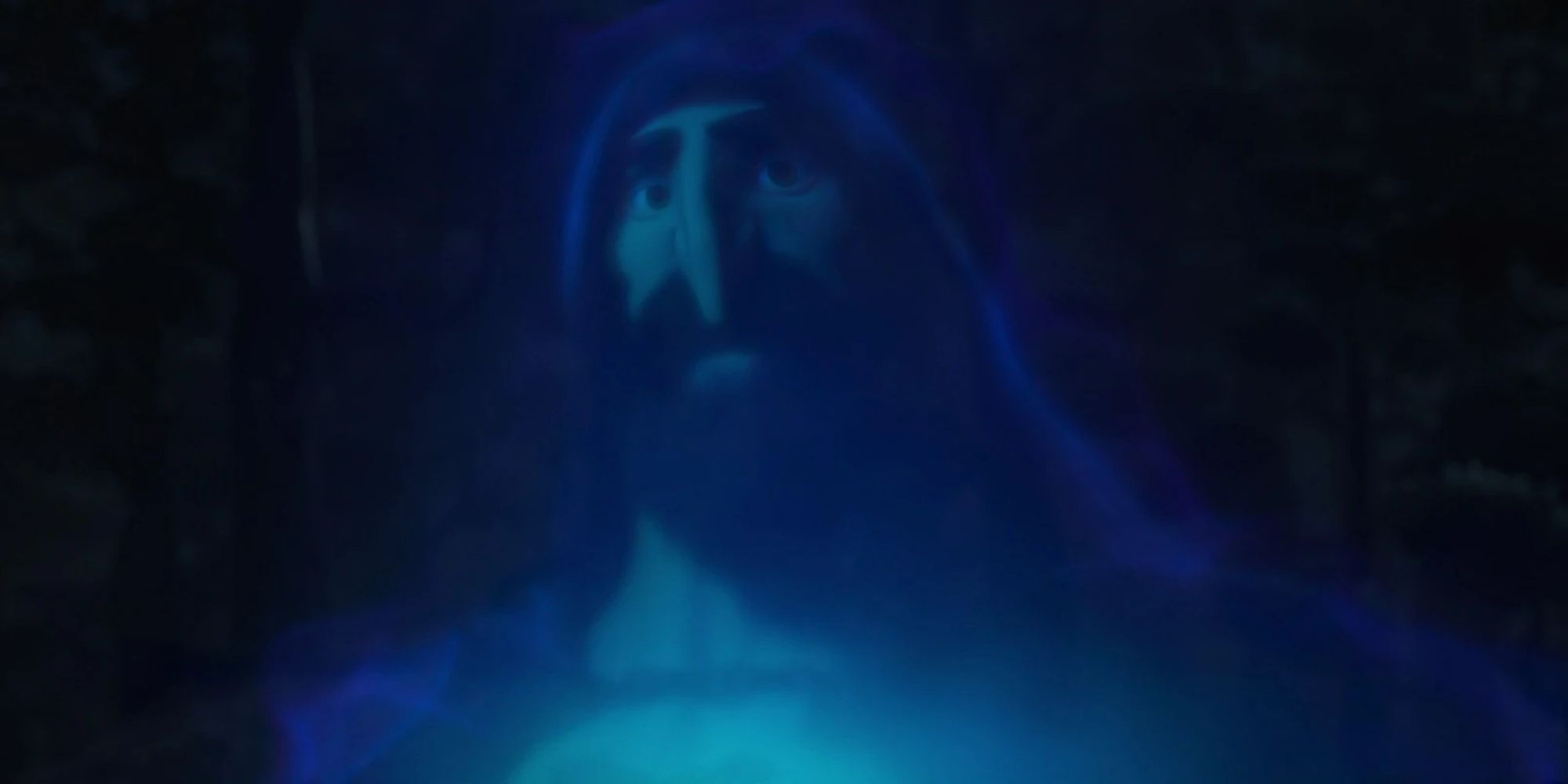
The demon bear Mor’Du seemed to be nothing more than a mindless animal when Brave began, and though that was true to a point, it wasn’t the extent of his story. By the end of the Pixar film, it was revealed that the great beast had once been the prince Queen Elinor had mentioned in the ancient legend. Like Merida, he had once sought a spell that would change his fate, and though he got his wish, it resulted in him being turned into a terrible beast for centuries. Mor’Du had certainly been selfish in his desire, but the gratitude his spirit showed once he had been set free in Brave made it clear that this cursed fate was worse than he deserved.
Ego Had A Humble Upbringing In Ratatouille
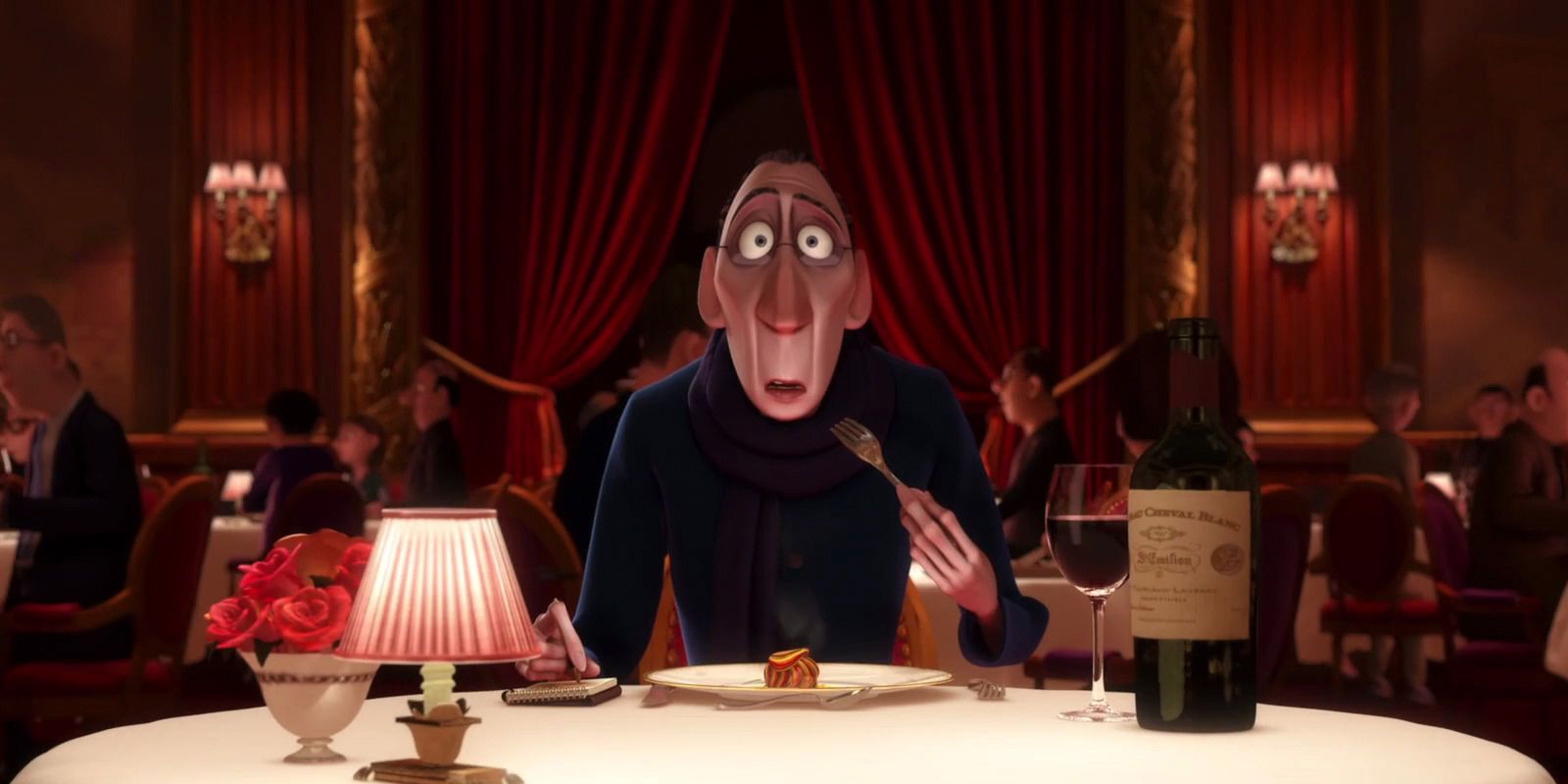
Though Chef Skinner was the central villain of Ratatouille, Ego was a close second for most of the film. He was pompous and seemingly impossible to please—not the kind of character most audiences would find sympathetic. Even his name seemed to imply that he was an egotistical snob. However, this made the reveal that he had come from a humble upbringing all the more impactful. The meal that impressed Ego wound up being the titular ratatouille—a peasant dish—which reminded him of the home-cooked meals of his humble but loved-filled childhood
Ming Lee Was Afraid Of Her Messier Side In Turning Red
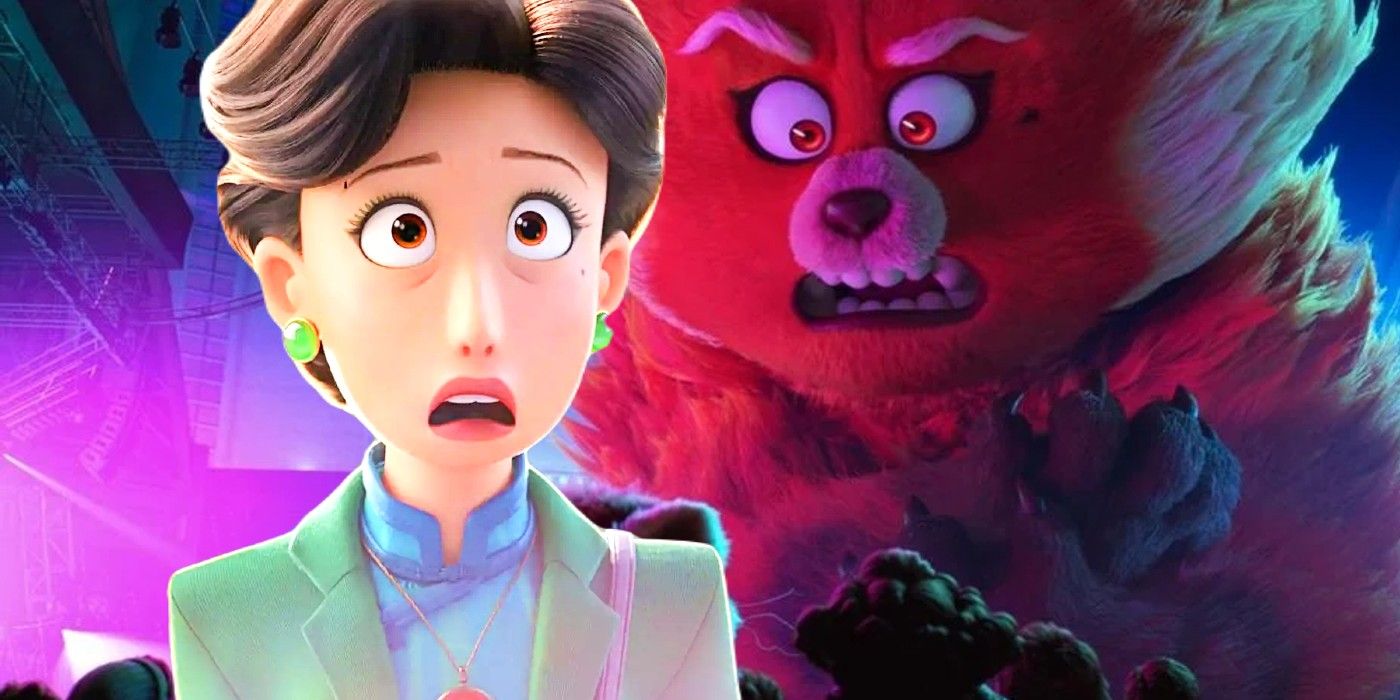
Ming Lee (Sandra Oh) from Turning Red wasn’t a traditional Pixar villain, but she was undoubtedly the film’s central antagonist. Her expectations of Meilin were so impossibly high that they had begun to cause the girl to hide her true desires, which caused Mei to burst at the seams. It was easy to feel frustrated with this unintentional villain, but the reveal that Ming had once been a young girl who was so afraid of her own messier impulses (because of her own overbearing mother) made her someone that audiences (and Meilin) could sympathize with—especially once she finally learned to accept that part of herself and her daughter.
Source: https://screenrant.com/pixar-movie-villain-sad-backstory-origin-sympathetic/
